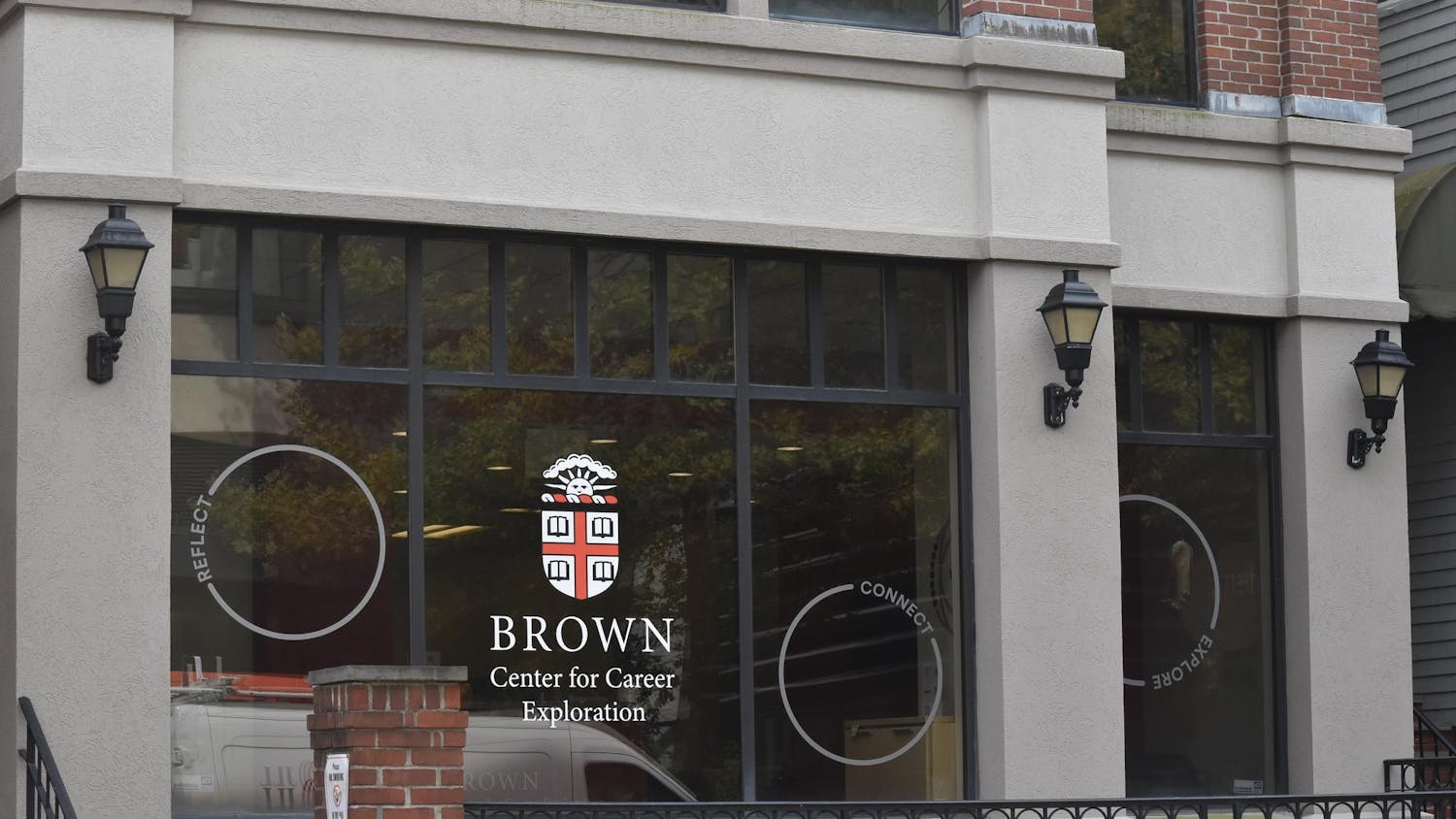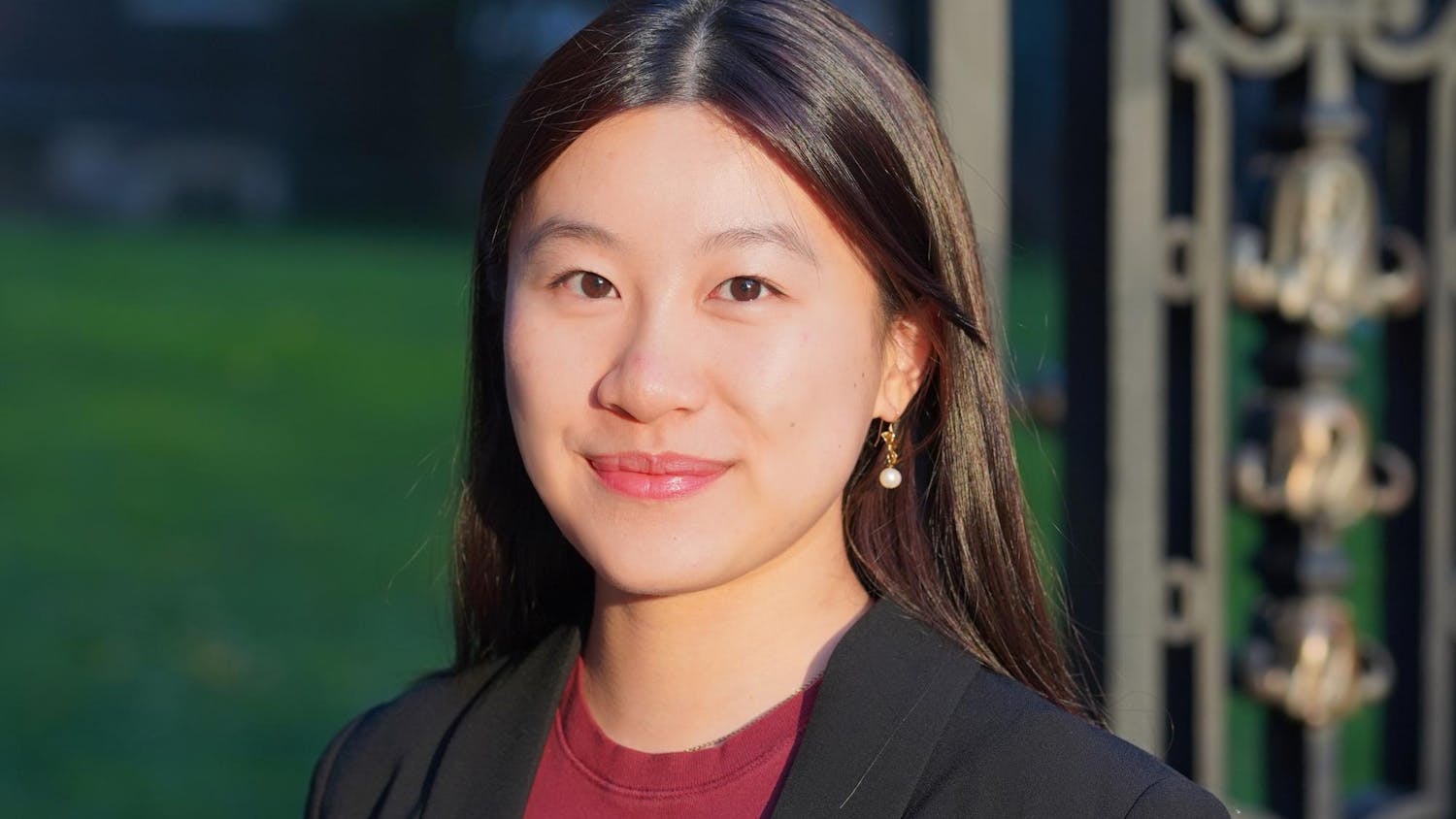69 percent of students admitted to the University’s class of 2025 accepted a spot last spring, setting a record-high yield rate that capped off an uncertain and turbulent admissions cycle.
The rate reflects data as of May 3, 2021, said Dean of Admission Logan Powell, before slight changes to the makeup of the class occurred. This year’s rate jumped three percent from the class of 2024’s rate, which held the previous record high at 66 percent.
When yield increases at any school, it’s a “possible indicator” of that school becoming “increasingly attractive” to prospective students, Powell wrote in an email to The Herald.
“This can be a result of strong and noteworthy academic programs, generosity of financial aid, attractiveness of the campus (and) focus on undergraduate teaching and research,” he wrote. “Brown does quite well in all of these categories and students are obviously taking note.”
The rate, he added, likely places the University among the top 5 to ten colleges and universities in the country in yield. The rate also exceeded the University’s expectations.To prepare for the possibility of a lower yield rate, Brown extended more waitlist offers this spring than it had in years past, The Herald previously reported .
The admissions office anticipated two scenarios for yield during last year’s admissions cycle, according to Powell. In the first, highly selective colleges could all see “roughly the same applicants and admit the same amazing group.” That, he explained, would in turn lead to lower yields at highly selective institutions and increased waitlist activity.
The second, he explained, was a scenario in which highly selective colleges would see “different applicants” or “not admit the same students,” leading to higher yield.
“I believe we may have shared many of the same applicants across our peer institutions,” he wrote. “But because we each have slightly different institutional priorities, we selected different groups of admitted students.”
Nancy Griesemer, a private college counselor in Fairfax County, Virginia, noted that she had expected colleges to admit students from their waitlists.
“We sat here and waited,” she said. “The entire situation was so insecure and crazy … We kept waiting, and nothing happened. We waited and we waited and they finally shrugged and said we’re not going to the waitlist so much.”
The University only accepted 34 students off its waitlist. In recent years, ithas accepted between two and 300 students off of the waitlist, The Herald previously reported. Test-optional policies, Griesemer said, may have played a role in increased yield: Colleges may have used different criteria to evaluate students who “possibly would not have gotten in other times” due to low test scores. Such students may have matriculated at a high rate, she said. “There was an element of taking a chance and throwing in an application because, why not, and it’s hard to say no,” she said.
The University has not released statistics on its acceptance or yield rates for test-optional applicants, nor has any other Ivy League school except Penn. But Powell wrote that yield went up “across the board” at the University, adding that the test-optional policy was not a “major driver” of yield.
The Herald spoke to three students who were admitted through the regular decision process. Aside from the open curriculum — a factor all three mentioned in their decision-making — they said online programming, geography, the makeup of the student body and a number of other factors played into their choice.
Prospective students nearly universally enjoyed the University’s post-admission outreach, Powell wrote, citing surveys that showed 95 percent of admitted students rating their interactions with current students as good, very good or excellent. 96 percent said the same about their contact with the Office of Admission, and 98 percent about social media outreach.
“Our general post-admission outreach was very successful,” he added.
“Schools really did an amazing job of making staff accessible and having much-upgraded virtual information sessions,” said Griesemer. “That’s one of the long-term outcomes of the pandemic. … I agree that it was upgraded and really good. Was that what accounted for the increase in yield? I don’t know.”
Still, Evan Ren ’25 credited a Zoom with President Christina Paxson P’19 with helping convince him that the University was the right school for him.
“It was something (she) said,” he noted. “Though Brown is situated in a big city, it maintains that community feel.”
The pool at the Nelson Fitness Center also contributed to his decision.
“I’m a swimmer, and the pool’s really attractive,” he said, “so that definitely added some points.”
In the case of Lily Johnson ’25, unofficial “speed dating” on Zoom run by incoming students proved to be a factor.
“I was talking to a lot of (early decision) kids. They were talking about why they had chosen Brown,” she said. “That was a big factor in deciding.”
In her choice between Brown and the University of California, Los Angeles, Merzia Jilani ’25 said she aimed to find a student-friendly environment that wouldn’t create “unnecessary pressure,” something she felt in high school.
“I felt like Brown is way more student-oriented,” she said, adding that she was attracted to the University encouraging students to “speak up for what they believe in.”
“Brown is totally okay with you criticizing Brown,” she said.
Her choice came quickly, she added, as she ultimately went on “just a feeling.”
Johnson’s final options were Brown and the University of Notre Dame . Location played a role in her decision: Providence, with more to explore nearby, appealed to her over South Bend, Indiana, she said. The makeup of the student body further drew her to College Hill.
“The diversity at Brown, along with how happy and genuine all the Brown students were — that pushed it over the top,” she said.
“I think my class is awesome. Everyone is so excited to be at Brown,” she added. “Nobody’s walking around like it was their fifth choice.”

Will Kubzansky was the 133rd editor-in-chief and president of the Brown Daily Herald. Previously, he served as a University News editor overseeing the admission & financial aid and staff & student labor beats. In his free time, he plays the guitar and soccer — both poorly.





